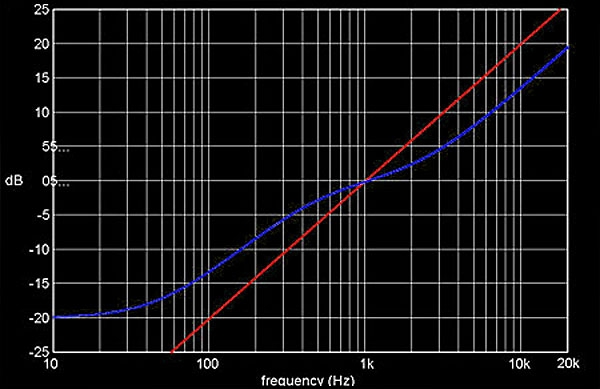| Columns Retired Columns & Blogs |
U.S. pressings of most LP's were horrible, in the 1970's at least. So I got most of the ones I wanted to keep from outlets that sold British, German, and Japanese pressings. For pop music LP's, I bought from the Kent Community Store near Kent State Univ. And they were $2.50 USD there in the early-mid 1970's.
Even though things are better in some respects today, there's an occasional flub. I bought the Beethoven 9th symphony by Vladimir Ashkenazy directing the NHK orchestra (circa 2006?) - a pricy Japanese import SACD, and the sound is dull. No matter the volume, the upper highs are just gone. My other versions of the 9th all sound different from each other, yet they sound musically natural. I wish I could get a better copy of the NHK recording, which is on the Octavia Records Exton label.








































